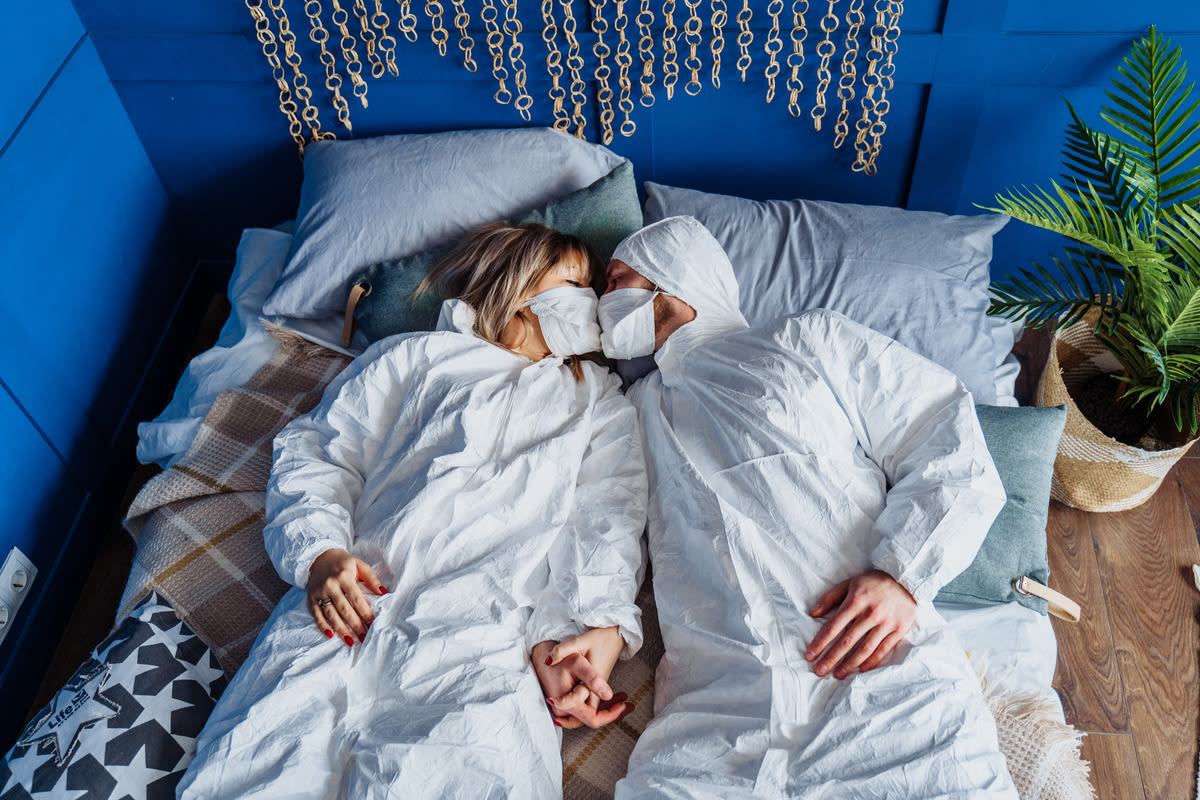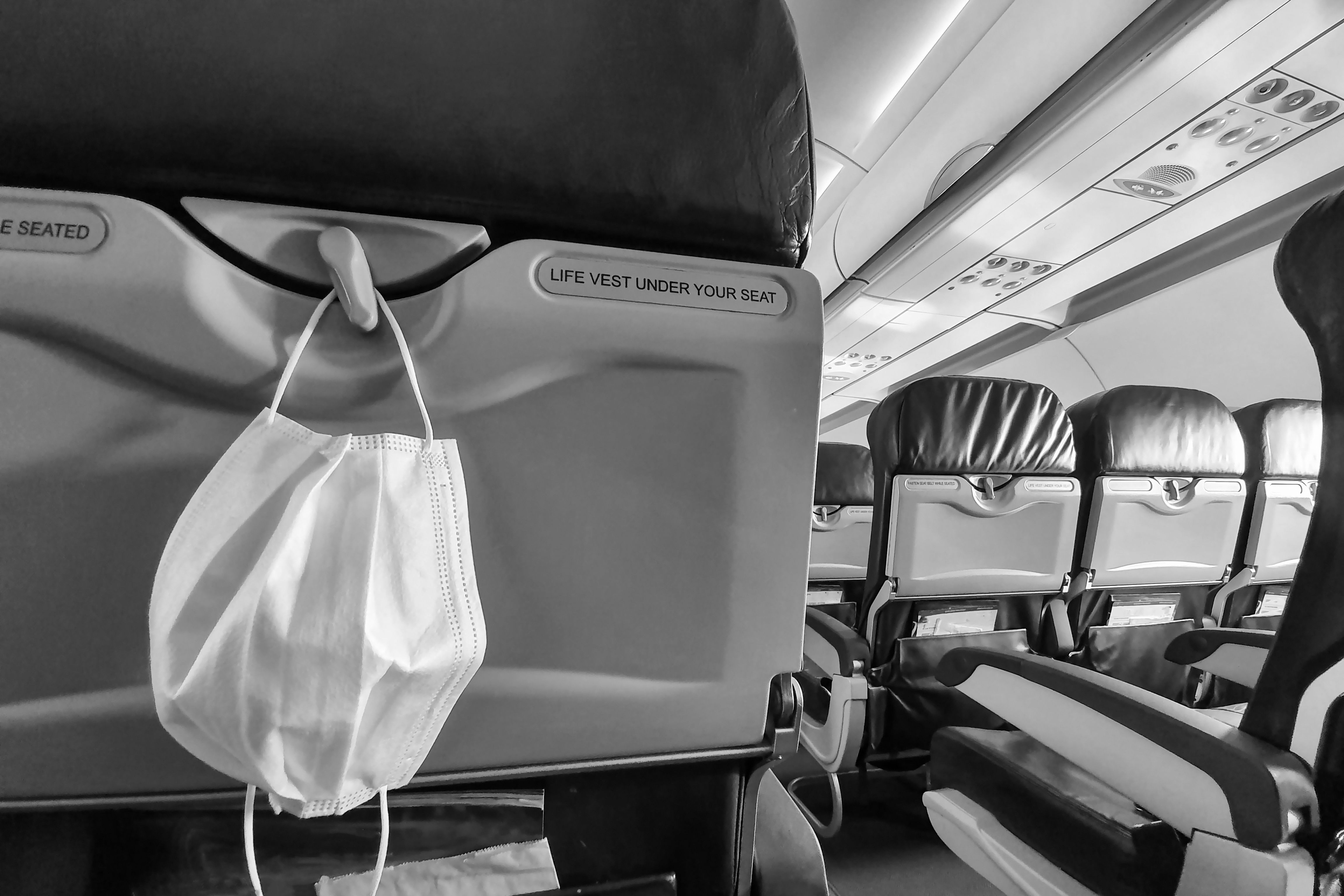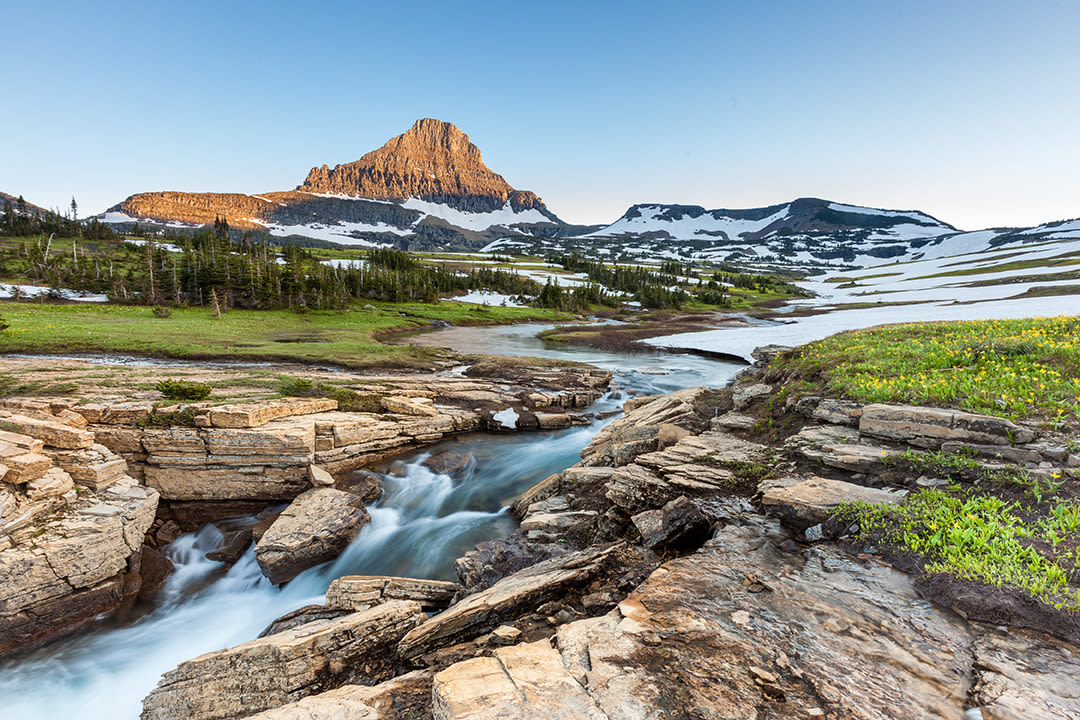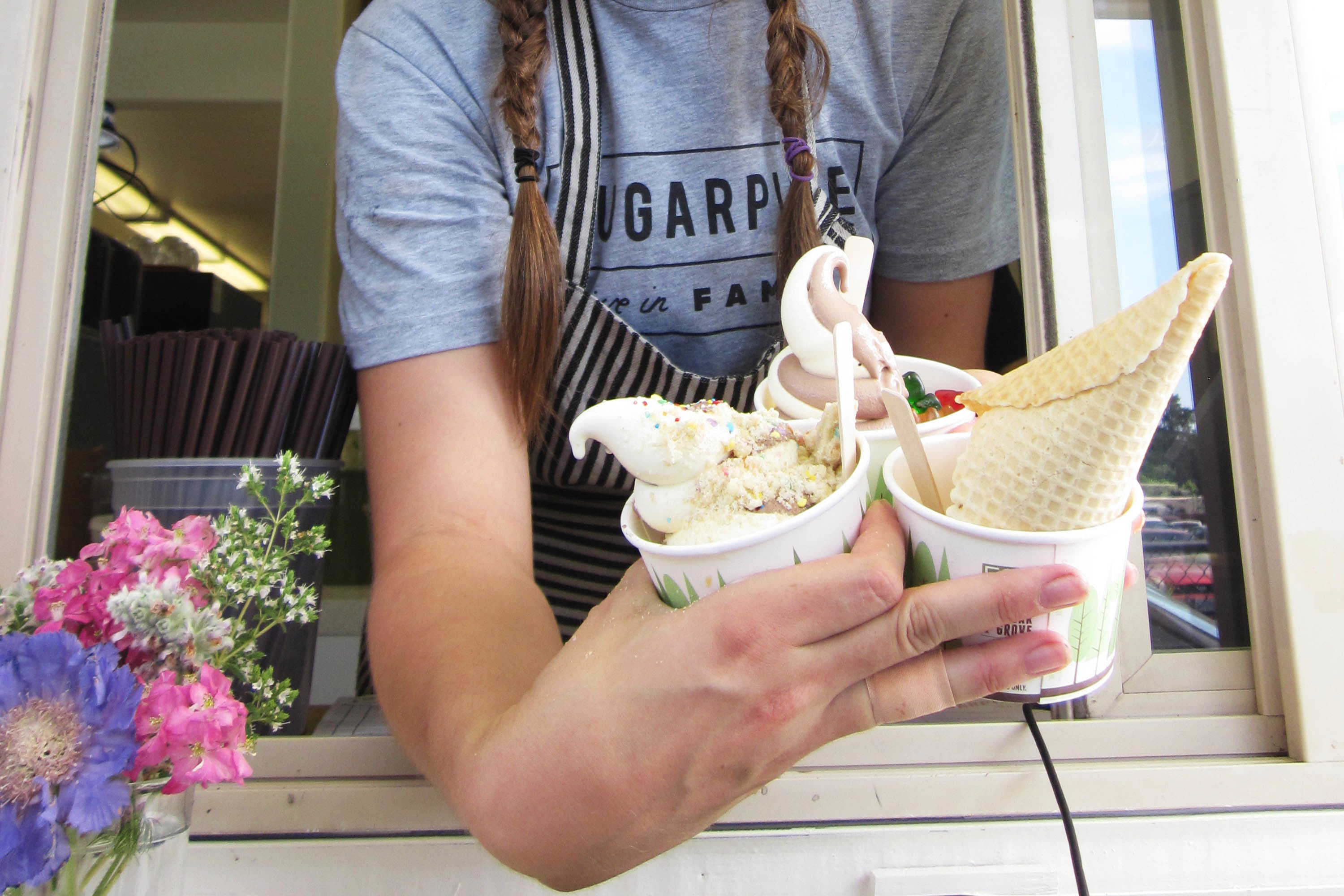Pandemic Travel: Researching a Columbia River Gorge Guidebook When the World Is Shut Down
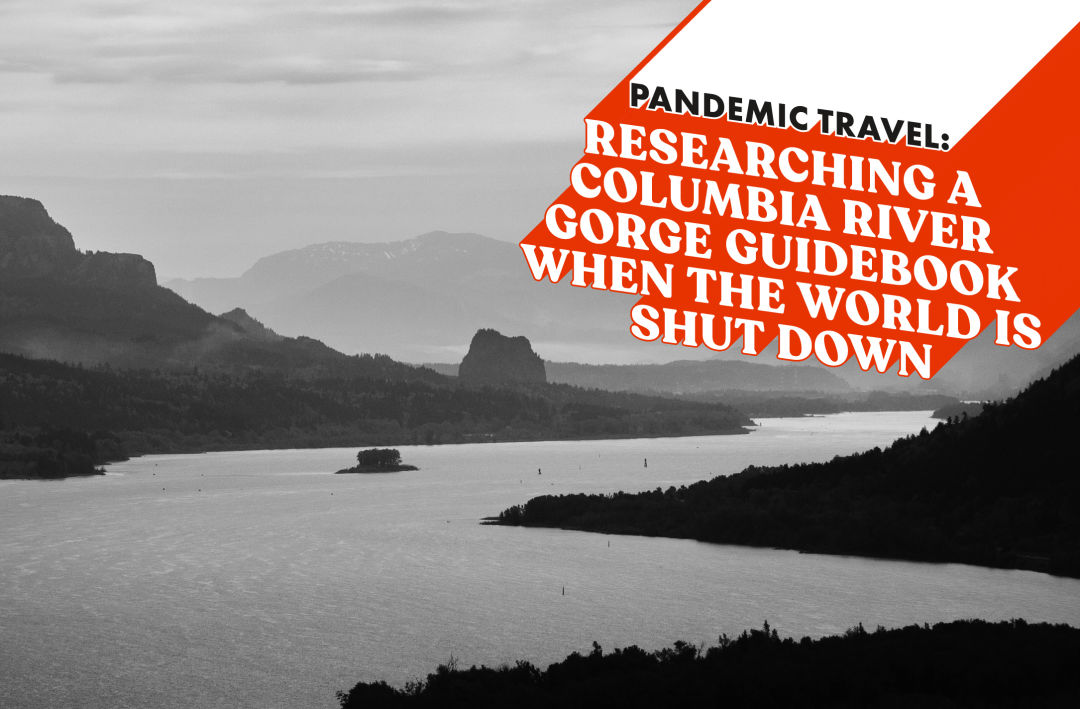
We all have our own risk tolerance levels nowadays when it comes to leaving the house, whether it’s to exercise, get groceries, visit the dentist, see loved ones, or get to work. It’s no different when it comes to getting the heck out of town. Some of us traded European adventures for a weekend in Vegas or distanced mountain getaway. Others, like guidebook writer Matt Wastradowski, went to the places they'd planned, only in a much quieter, more distanced, lonelier way.
When I grabbed lunch at Sugarpine Drive-In on a surprisingly gray Thursday last July, I did a quick scan to see where I might enjoy the grilled cheese sandwich I’d ordered. The drive-in’s seating area had been cordoned off for the Sugarpine staff, the handful of nearby picnic tables were all spoken for, and Glenn Otto Community Park—just a two-minute walk away—was teeming with families. I retreated from the maskless diners noshing on soft-serve ice cream to the safest dining room I could find—my car, where I downed my quickly cooling sandwich while listening to a podcast about the worsening COVID crisis.
When a major publisher accepted my proposal for a guidebook to the Columbia River Gorge and Mount Hood in February 2020, this wasn’t how I envisioned living out the long-held dream of writing my own book. As a kid, I wrote short stories about a fruitcake imbued with terrorizing powers, and gave them to family members at Christmas. A few years back, I started (and scrapped) a book for National Novel Writing Month about gaming the McDonald’s Monopoly promotion. And as recently as early last March, I went to Powell’s City of Books in downtown Portland, headed straight to the Pearl Room, and pictured myself reading before a packed crowd.
In recent years, my dream of writing the Great American Novel waned as I became a travel writer and began extolling the many virtues of the Pacific Northwest—its craft beer, tumultuous history, and all that natural beauty. In 2018, I inked a deal to write an Oregon hiking guide, and in early 2020 earned the chance to write another—this a guide to the Columbia River Gorge and Mount Hood.
This second book felt different: No longer was I an untested rookie, but something of an expert who’d be tasked with knowing (and sharing) the ins and outs of the region. My name alone would grace the cover (I was a coauthor on that first title), and I would be solely responsible for helping readers enjoy their road trips—recommending they stick around for sunset at Trillium Lake, try the soft-baked cookies at the Packer Orchards farm store, and hike among wildflowers at Catherine Creek and Coyote Wall. I looked forward to a carefree summer of “research”: camping on Mount Hood, hiking the Gorge, and imbibing at hole-in-the-wall restaurants and bars along the way.
And then COVID-19 happened.
When I signed the official contract, in April, the Historic Columbia River Highway was open only to residents, trails all over the Columbia River Gorge remained closed, and restaurants scrambled to put together bare-bones takeout menus. What had seemed like a dream just two months earlier all of a sudden felt like a nightmare—one I couldn’t wake from.
To its credit, my publisher offered to postpone the project—but at the time, Oregon was reporting just a couple dozen cases of COVID-19 each day. I figured we’d flatten the curve by Memorial Day and get back to something resembling “normal” soon after.
Reality made a mockery of these plans. I didn’t sip IPAs at pFriem Family Brewers, for instance, or share cherry-topped pies with friends at Solstice Wood Fire Pizza; rather, I ate most research lunches alone in my car and nursed lukewarm burgers back at the hotel. I eventually walked around Trillium Lake, but spent more time trying to avoid maskless hikers than enjoying Instagram-worthy views of Mount Hood rising above the shore. And I timed my trips to be midday, midweek outings whenever possible—all to avoid the weekend crowds who’d pack downtown Hood River tighter than the Timbers Army at Providence Park for a match against Seattle.
Each experience only heightened that loneliness and exacerbated the sense of solitude COVID-19 had imposed months earlier with widespread lockdowns.
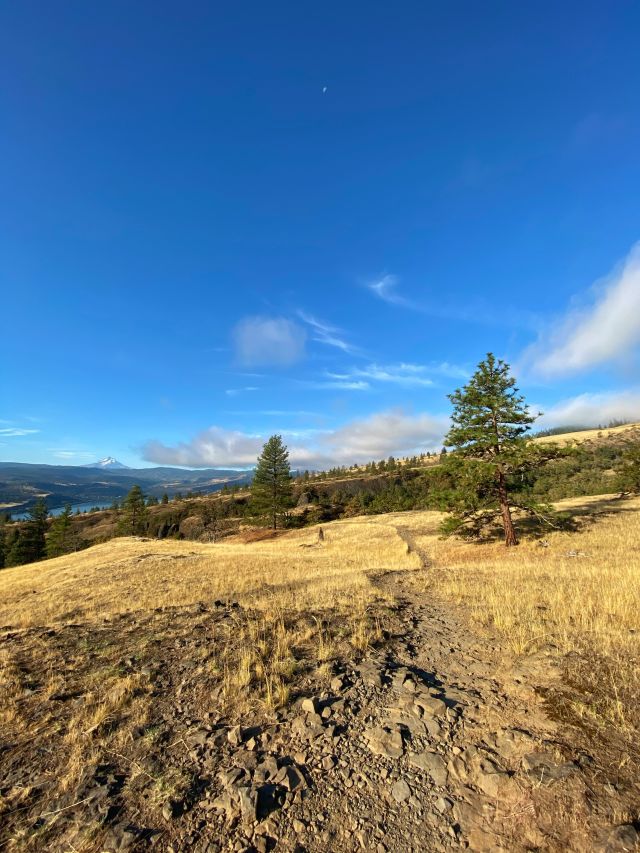
A solo summer hike at Catherine Creek, on the Washington side of the Columbia near Lyle
Image: Matt Wastradowski
In this summer of social distancing, I had no friends to hike with on Dog Mountain or at Catherine Creek. Families laughed together at farms along the Hood River Fruit Loop while I drenched my hands in sanitizer and presided over an empty table for four at Fox-Tail Cider; aching for some kind of connection, I could only text a few friends about a surprisingly spicy cider crafted with jalapeños and strawberries. I didn’t even feel safe making idle chatter with strangers in line at Joe’s Donut Shop; six feet separated us, but it might as well have been the Sandy River.
Being alone on the road did have some perks: An early-morning hike to the typically popular Tamanawas Falls, for instance, ended with me on a log, close enough to feel the waterfall’s cool mist and without another soul to talk over the thunderous symphony. Another time, I enjoyed a private tour of the National Neon Sign Museum in The Dalles with owner David Benko. The pandemic forced Benko to swap general admission for small-group tours last summer and fall, and I lucked into a one-on-one outing where Benko shared the history of neon and gushed about his favorite pieces.
But nowhere did my solitude feel quite so natural as when I visited the Gorge White House, a U-pick farm just south of Hood River, on a warm Monday in July.
I arrived just after noon and settled into a picnic table with a flight of house-made cider and a flatbread topped with, among other ingredients, pears grown on the Gorge White House farm. One cider was crafted with farm-grown blueberries, while another was sweetened with the farm’s orchard blossom honey. Nearly everything I ate and drank was grown within a five-minute walk of where I sat, and I was happy not to share.
My anxiety grew as crowds trickled in over the next hour—so I grabbed a bucket, and walked off lunch by wading into the farm’s U-pick patches.
To the north, Mount Adams rose in Washington above the Columbia River. To the south, Mount Hood lorded over the Hood River Valley’s farms and orchards. I took my time ambling up and down the manicured rows, picking plump raspberries and juicy blueberries for the ride home. I heard happy families chatting in nearby flower fields but had the season’s first berries all to myself for a few brief minutes.
And it was in those moments—as my hands turned purple and the wind gusted through my shaggy COVID hair—that I found a strange kind of peace. This wasn’t the dream I had imagined, but it was the dream I ended up living. When I started researching this guide, I had no idea how I’d, you know, research this guide. But here I was, finding a way and making that dream a reality. Not every experience was transcendent, but I managed to find moments that were. And that’s worth celebrating—all while masked up and distanced, of course.
Matt Wastradowski is a Bend-based travel writer based whose work has appeared in Outside, Willamette Week, and the REI Co-op Journal. He coauthored Moon Pacific Northwest Hiking in 2020 and wrote Moon Columbia River Gorge & Mount Hood, due out in fall 2021. When not writing travel guides, he can be found sampling the region’s craft beer, planning his next hike and road trip, or nervously watching the Portland Trail Blazers and Timbers.
This article is part of a series. Do you want to share your own pandemic travel story? Email [email protected]
